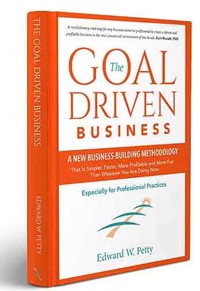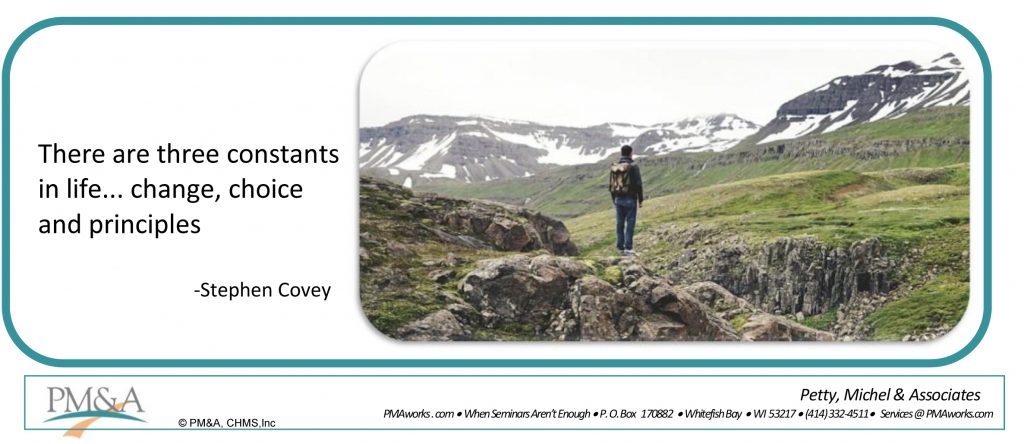 Sharpening Skills Pays Off
Sharpening Skills Pays Off
There is the old story about the lumberjack who said that if he were given five hours to chop down a tree or lose his life if he failed, he’d spend three of the five hours sharpening his axe.
Stephen Covey talks about “sharpening the saw,” one of his famous 7 Habits of Highly Effective People. (An essential management and leadership book.)
He says: “We must never be too busy to take time to sharpen the saw.” Sharpening the saw is about “renewal. “Renewal is the principle—and the process—that empowers us to move on an upward spiral of growth and change, of continuous improvement.”
With constant use, our bodies, cars, and practices wear out.
We don’t always notice this, but gradually, performance diminishes. This is why you encourage your patients to come in for regular maintenance, supportive, and wellness care. This is why you take your car in for maintenance.
And this is also why you take time to work ON your business.
IMPROVING YOUR TEAM
The fact is, each one of your team members desires to improve their skills and see the business where they work progress. They want to enhance their career and work life. They want to see their business going somewhere and to mean something.
And business CEOs want better performance. This is why companies spent over 100 billion dollars on employee training in 2023. And they do this for 1 reason: it pays.*
A study by Accenture (a multinational management company) found that for every dollar invested in training, companies received $4.53 in return. This equates to a 353% ROI*
There is no doubt that improvement pays dividends. But what gets in the way? Money? Maybe that is a factor, but I don’t believe it is the big one.
WHAT GETS IN THE WAY OF IMPROVEMENT
It is the idea of time. There are a couple of easily overlooked rules about time I talk about in my book, the Goal Driven Business, that if understood and used, can give you the time you need for improvement.
The first rule comes from what is known as the Pareto Principle. It states that just 20% of your work produces 80% of your desired outcomes. Conversely, 80% of your work time produces only 20% of your desired outcomes.
Improvement for your health or your business is the 20% that generates 80% of your positive outcomes. It is the little bit of effort that produces the biggest results.
Isn’t everything you do important? No! There are a few highly vital actions that you must do, and then there are less important actions. As an elementary example, it is important that you wear shoes to work. It is not as important what kind of shoes you wear. So, if you have 10 pairs of shoes, you probably only wear 2 of them 80% of the time. No matter how many shoes you have, the ratio comes out to be about 80/20.
There is another rule I refer to.
It is Parkinson’s Law of Time. It says that work expands to fill the time available.
The essential fact in both laws is that more time is available for improvement than you might think.
Just like your patients take time to come in and see you, you should ensure that you and your team take time to work ON the business and each other’s professional skills.
Training and improvement, like chiropractic, doesn’t cost. It pays.
Keep improving,
Ed
*references
https://www.mentimeter.com/blog/training/employee-training-statistics
https://www.myhrfuture.com/blog/measuring-the-roi-of-employee-training-and-development
========================
If your practice-building efforts aren’t taking you to your goals, there are reasons — many of which are hidden from you.
Find out what they are and how to sail to your next level by getting and implementing my book, The Goal Driven Business.

The Goal Driven Business
By Edward Petty



